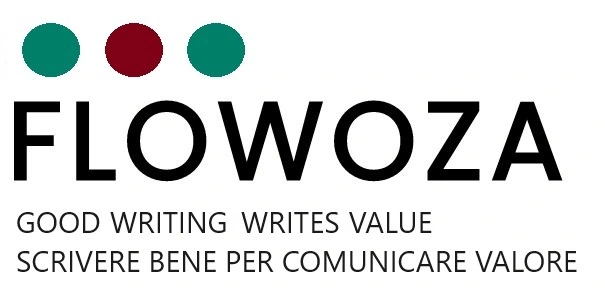What exactly do we mean by API documentation?
As you know, an API (Application Programming Interface) is a set of software calls that allows a program to interact with other programs, databases, or other local or network resources. Instead of writing software to perform a particular function, it is convenient to use an external service and call it using its API.
Many companies and organizations now develop public or private APIs for their products because these interfaces provide a convenient and secure way to communicate and make products usable by software applications.
There are several types of APIs. The most common ones are SOAP and REST:
- SOAP (Simple Object Access Protocol): strong and secure protocol standard based on XML structures with inherent security criterion.
- REST (Representational State Transfer): Open, flexible, and scalable standard based on the HTTP protocol. Requires careful implementing using HTTPS to ensure security.
API documentation
What does API documentation look like in practice? This is a written guide that . explains the features of the API, how to communicate with it, and most importantly, the use cases with illustrative examples.
This documentation is very important. A detailed market study [1] highlights some of the key ways that increased investment in API documentation can help vendors deliver the best customer experience. . In fact, more than half of API vendors cite documentation quality as the most important factor in developing quality APIs and differentiating themselves in the marketplace. As always, it is essential to be well understood and to promote yourself effectively!
On the other hand, users have cited accurate and detailed documentation as one of the most important factors in evaluating the adoption of an API, behind only ease of use (a related factor that we will discuss below when discussing examples) and performance.
APIs are made by software developers, who often also create related documentation. The typical result is a very technical perspective, that can make the document difficult to follow and use, especially for novice developers. A second problem is the amount of time the developer has to spend on documentation, given that writing a document is generally not a welcome activity for engineers.
A good alternative is to outsource API documentation to a technical writer, who can combine content writing experience and technical knowledge to produce complete, accurate, informative, and understandable documentation.
The techwriter must learn the API from developers, then write documentation with developer support and review. An experienced technical writer can also work with development tools, such as Swagger, Postman, Dapperbox, to contribute to the textual part and well integrate automatic and interactive features with static documentation. Target Audience
As with any content planning, the first step in writing API documentation is to understand the target personas, the value of the content, and how it will actually be used.
Typically, there are two groups of users to consider: developers who will be using the API and looking for tutorials and code samples, and managers who will be evaluating the API, its pricing, limitations, and security to see how it aligns with business needs and goals.
Overview
The documentation should provide a general overview of the API, focusing on the intended users and what they need to know. Basically:
- Explaining why this API is needed, what it can do, and what kind of problems it can solve.
- The variety of features and endpoints that it offers.
- How it is different from other solutions and from the competition.
Authentication
Authentication is the first step in the user journey, and it is critical to ensuring the data security. Typically, an API requires one or more authentication methods, such as an API key or OAuth 2.0. Documentation should explain each API access and usage method.
Limitations and conditions of use
Performance limits must be in place to prevent accidental or intentional misuse of the API. An important number is the rate limiting. This is the maximum number of calls that can be handled in a given timeframe. This and other possible limitations should be clearly stated in the documentation so that users know how to use the API properly and what exactly it can do.
This information is often found in the terms of use, which define the legal agreement between the service provider and the user person or organization, who must agree to abide by the stated terms. In the API documentation, the terms of use should clearly define how the user can use the API.
Update history
It is important for users to be aware of any changes to the APIs that they are using. This enables them to keep applications compatible at any time and leverage the full potential of the API platform.iattaforma API. Documentation should include a list of all software release changes.
Examples, Examples, Examples!
Code examples are essential to make it easy to use the API and effectively demonstrate all of its capabilities. The market research mentioned above [1] points out that ease of use is the most valued quality of an API. Therefore, a reasonable variety and number of such examples should be included in the documentation.
Error codes and messages
The documentation should clearly state any error codes and messages that users can expect when making an API call. Each type of response should be accompanied by a brief description so that users can understand whether the call was successful or not and why, so that any errors can be quickly resolved (without contacting and clogging up technical support!). Good documentation of errors and exceptions is also very useful internally, in the work of the developers and the testers.
Conclusions
The documentation of the API is therefore important and needs to be clear and effective. Finally, remember that all of the considerations about how best to communicate technical content apply to this type of document as well, as we have discussed in other articles, one for all: Writing to Communicate Value.
If you are interested, please contact us, for a free in-depth discussion.

